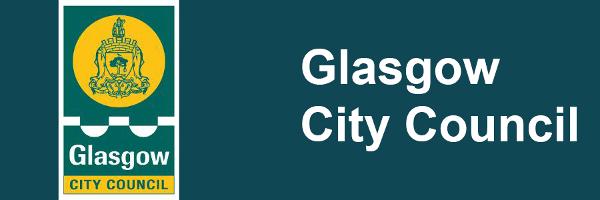Council considers new strategy to make best use of its property and land
Published: 29 January 2019
A Glasgow City Council committee today (29 January) considered a Property and Land Strategy which will guide how the council can make the best use of its substantial property and land estate. The possible relocation of council offices from the city centre to key regeneration areas across Glasgow is one action that may be delivered through the strategy.
The council will soon make a decision on whether to adopt the strategy.
The council has the biggest land and property estate in Glasgow, with more than 1,000 operational properties, including schools and nurseries, care homes, offices, community and sports centres, museums, galleries and libraries, as well as surplus property and land.
Such a large estate plays a significant role in the life of the city, helping neighbourhoods throughout Glasgow thrive, and the council is committed to working with local communities to rethink how these are used to ensure that - in an era of challenging finances for local authorities - its facilities are fit for purpose; solutions are found to protect our built heritage; derelict sites are restored to productive use; and that ownership is opened up to other groups and organisations where appropriate and possible.
The possible relocation of some council offices from the city centre to regeneration areas in the city would allow not only effective delivery of council services but also act as a catalyst for social and economic regeneration in local communities. Locating council offices or facilities in particular areas plays a key role in attracting investment, development and creating local employment opportunities.
The council would also work with community groups, public agencies and third sector organisations to ensure services meet local needs and priorities, and the Property and Land Strategy will inform how these needs and priorities are best met through the council's estate by measures such as co-location and investing in / repurposing sites.
Councillor Kenny McLean, City Convener for Neighbourhoods, Housing and Public Realm at Glasgow City Council, said: "The council's Property and Land Strategy will consider how our estate could be used more efficiently and effectively, with communities more closely involved and better served. The council would also have reduced costs in the years ahead through the strategy and the ability to raise capital receipts would help deliver improved public services to the people of Glasgow. The proper location of these services would also contribute to the regeneration of neighbourhoods across the city."
Three complimentary asset plans will support this strategy: the Community Asset Plan; the Built Heritage Plan, and the Vacant and Derelict Land Plan. The first of these reflects the council's commitment to the greater involvement and empowerment of our citizens; the second provides a consistent and considered approach to the stewardship of the council's built heritage; and the third addresses the potential blight, cost and missed opportunity that vacant and derelict properties and land can represent for the council and the city.
The council's Property and Land Strategy has five key objectives driving the approach to its use of, and investment in, property and land between 2019 - 2022:
A more efficient, sustainable, smaller and better quality estate;
An agile estate capable of meeting current and future service delivery needs;
Collaborating and co-locating with community planning partners, third sector organisations and city region partners;
Achieving cost reductions, increasing income and generating capital receipts; and
Embracing of digital and technological innovation to reduce reliance on and improve the performance of the estate.
In order to achieve these five objectives, a number of actions may be taken, including relocating city centre services to support regeneration across Glasgow through identifying suitable locations owned by the council or partners in key regeneration districts, and planning for a phased withdrawal from higher-cost city centre locations. This would reduce costs and increase local employment opportunities.
Another action to be considered would be the development of multi-service/multi-agency community hubs across the city, which will allow greater community involvement and greater effectiveness and efficiency in service delivery. Additionally, multi-service operation hubs may be established to increase collaborative and co-operative working; deliver economies of scale and raise capital receipts through the sale of released sites.
The council would also look to work with communities to co-design future delivery needs, with local communities being directly involved in local sites. Communities may also be given the opportunity to take over the ownership and management of community assets through Community Asset Transfer.
Where council properties are of particular cultural or heritage importance, an innovative approach to their management and purpose would be taken, with plans put it in place - working with heritage bodies - to maintain and protect these buildings and put them to productive use where appropriate.
The strategy would also repurpose the council's under-occupied and surplus properties through identification of those properties which would be developed in the long-term and those which can be marketed, and this would reduce costs, raise capital receipts and allow regeneration by both the public and private sectors.




